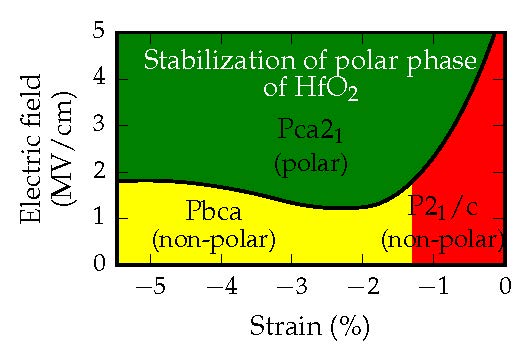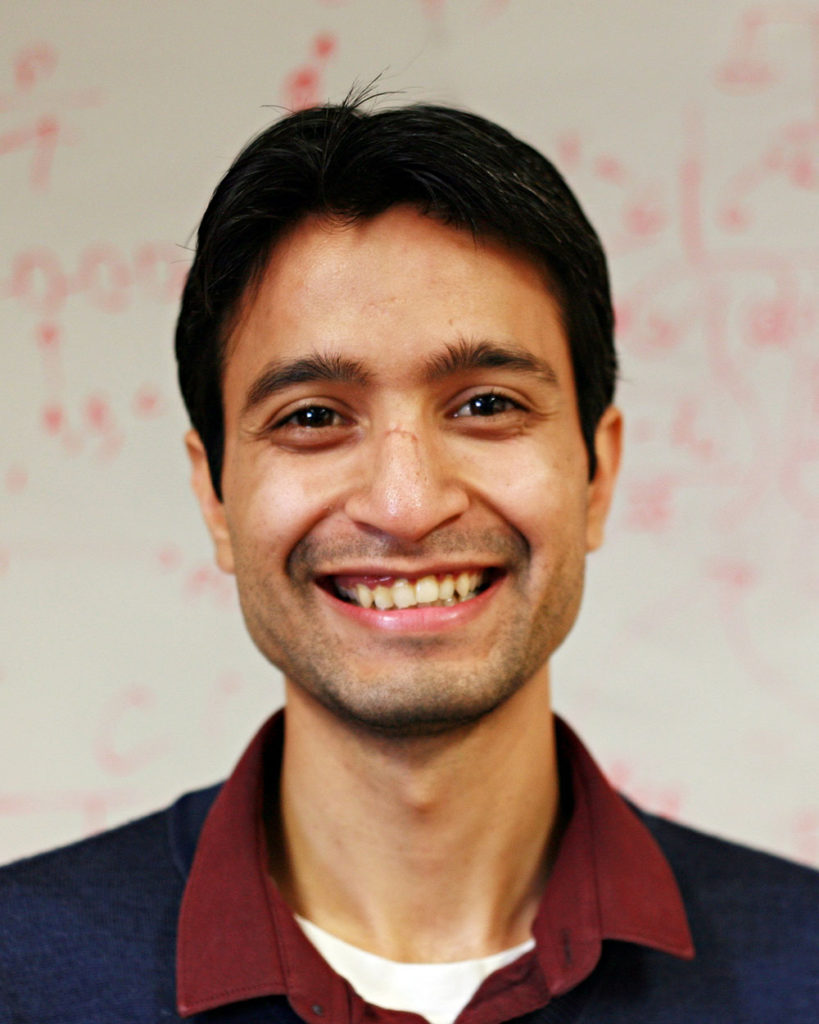Ph.D. Student Seeks to Discover, Design and Develop Better Materials
By: Amanda Olavarria
To graduate student Rohit Batra, materials science and engineering is all about transforming what we know about nature, in order to harness it. It was MSE’s balance between understanding and application that attracted him to the field.
Rohit’s initial interest in physics quickly developed into a passion for materials science and engineering. Rohit says, that MSE allows “one to extend and apply the theories of physics to build and tailor materials with specific properties for special needs.”
By understanding the physics of nature and how it works, he believes you can use this knowledge to help discover, design, and develop better materials. The theory of quantum mechanics is of particular interest to him, which is a concept that describes the working of nature at the most fundamental level.
His current research involves understanding the origins of some empirical measurements recently made in hafnia (HFO2) films using quantum mechanics based modeling techniques, such as density functional theory (DFT). Recently, thin films of pure and doped hafnia have shown ferroelectricity, a non-linear (hysteretic) response of polarization of a material on application of an electric field.

DFT computed phase diagram of hafnia under the influence of electric field and strain. Green regions highlight the regions in which hafnia can be ferroelectric.
This property of hafnia can be described as a manifestation of presence of two equally stable and opposite polar states, which can be encoded as ‘0’ and ‘1’ to store digital information. Therefore, this makes hafnia a great candidate for non-volatile memory applications.
One of the benefits of using hafnia is its simple crystalline structure, which allows for easy fabrication. Another great advantage of hafnia is that it can display stable ferroelectric behavior even when it is extremely thin, thus, assisting in the further miniaturization of electronic devices. If successful, hafnia can help memory devices (like USB) surpass the speed of the current best SSD and be as fast as volatile storage, such as a computer RAM.
In his research Rohit tries to understand the effect of several factors including stresses, grain size, dopants and electric field, to induce and/or stabilize ferroelectricity in hafnia. He uses DFT to model the effect of these factors.
His work on hafnia was recognized when he received the GE Graduate Fellowship for Innovation 2017. In addition, he has successfully published several articles on this topic and shared his research at diverse conferences such as MRS Boston (2016 and 2017) and High-k workshop, Dresden, Germany (2017).
He completed his undergraduate studies in metallurgical and materials engineering at the Indian Institute of Technology, Roorkee (IITR), India. When Rohit began seeking institutes to pursue his Ph.D. he got in touch with a fellow classmate from his prior university, who was doing research at UConn. It was the interesting research that ultimately persuaded him to join UConn as a graduate student.
When asked about his experience at UConn MSE, he describes it as ‘wonderful’. He says, “The faculty is very diverse with each individual offering his/her own set of skills. This is really helpful for collaborative research projects, which are somewhat the nature of many present-day projects.” Rohit also mentioned how helpful the faculty mentorship in MSE Department has been and how it has impacted his overall learning.
Rohit enjoys the academic environment, and ultimately wants to work in that atmosphere. Eventually he hopes to become a professor in the field, but for now he is pleased with the research he is doing and how much he is learning.
Published: November 6, 2017
Categories: graduate students, news, research
Available Archives
